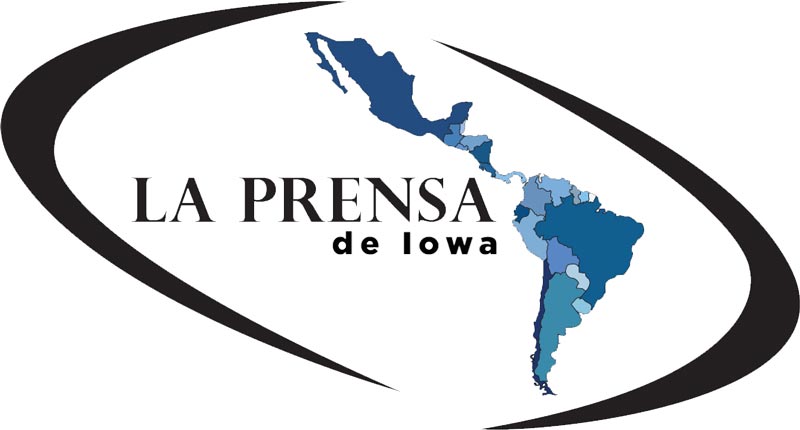USCIS lanza nuevo formulario en línea para denunciar fraude
/⇣ English translation provided at the end ⇣
Redacción
LA PRENSA
El día de ayer, 3 de marzo, el Servicio de Ciudadana e Inmigración de Estados Unidos (USCIS, por sus siglas en inglés) publicó un nuevo formulario para ayudar al público a proporcionar a la agencia información sobre posibles fraudes de inmigración. El nuevo formulario en línea, disponible en el sitio web de USCIS, le solicita al usuario que complete el formulario con el tipo de información que los investigadores de fraude de USCIS necesitan para investigar las denuncias de fraude o abuso de beneficios de inmigración.
Salvaguardar la integridad de nuestro sistema de inmigración es una de las prioridades principales de la administración Trump y es fundamental para la misión de la agencia, dijo Joseph Edlow, subdirector de USCIS en el área de políticas. Una forma de proteger el sistema de inmigración es facilitar al público la denuncia de fraudes y abusos de inmigración. Este nuevo formulario de confidencias en línea convierte el proceso de reportar fraudes a uno más eficiente y eficaz, proporcionándole a nuestra agencia la información necesaria para investigar y atender el abuso del sistema, y ayudar a nuestras agencias federales colaboradoras en el proceso de enjuiciamiento de los fraudes de inmigración.
El nuevo formulario de confidencias en línea recopila información relacionada al fraude relevante, identifica el tipo de beneficio al que hace alusión, y proporciona espacio para que el usuario que completa el formulario describa el fraude o abuso sospechado de manera detallada. El formulario en línea también simplifica la manera de reportar fraudes al reemplazar los tres buzones de correo electrónico que USCIS usa actualmente para reportar fraudes y abusos.
Hay muchas personas bien intencionadas que tratan de reportar fraudes y abusos de inmigración, pero nuestros propios procesos internos no proveen una manera consistente y oportuna para responder. Algunas alegaciones son ciertas y otras no lo son, pero USCIS necesitaba una mejor manera para recopilar información y hacer una evaluación. USCIS trabajara con las previas al nuevo formulario hasta que se finalicen las nuevas.
Con el nuevo formulario las personas no tendrán que volver a presentar una confidencia a través del formulario de confidencias en línea si la enviaron anteriormente por correo electrónico. Las personas que envíen confidencias por correo electrónico después que USCIS cierre los buzones anteriores, recibirán un mensaje automático que les informará que USCIS ha inactivado dichos buzones y le proveerá un enlace al formulario de confidencias.
Para más información de USCIS y sus programas, visite https://www.uscis.gov/es
Google Translation
USCIS launches new online form to report fraud
LA PRENSA
Yesterday, March 3, the United States Citizen and Immigration Service (USCIS) published a new form to help the public provide information about possible immigration fraud to the agency. The new online form, available on the USCIS website, asks the user to complete the form with the type of information that USCIS fraud investigators need to investigate allegations of immigration fraud or abuse of benefits.
Safeguarding the integrity of our immigration system is one of the Trump administration's top priorities and is critical to the agency's mission, said Joseph Edlow, deputy director of USCIS in the policy area. One way to protect the immigration system is to make it easier for the public to report immigration fraud and abuse. This new online confidentiality form converts the process of reporting fraud to a more efficient and effective one, providing our agency with the necessary information to investigate and address the abuse of the system, and helping our federal agencies collaborating in the process of prosecuting immigration fraud
The new online confidentiality form collects information related to the relevant fraud, identifies the type of benefit to which it refers, and provides space for the user who completes the form to describe the suspected fraud or abuse in detail. The online form also simplifies the way to report fraud by replacing the three email inboxes that USCIS currently uses to report fraud and abuse.
There are many well-meaning people who try to report immigration fraud and abuse, but our own internal processes do not provide a consistent and timely way to respond. Some allegations are true and others are not, but USCIS needed a better way to gather information and make an evaluation. USCIS will work with those prior to the new form until the new ones are finalized.
With the new form people will not have to re-submit a confidentiality through the online confidentiality form if they previously sent it by email. People who send email confidences after USCIS closes the previous mailboxes will receive an automatic message informing them that USCIS has inactivated those mailboxes and will provide a link to the confidentiality form.
For more information on USCIS and its programs, visit https://www.uscis.gov/






































